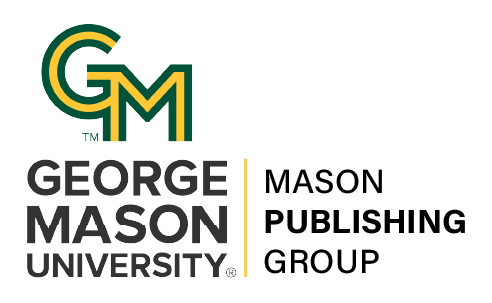Media Coverage of the Arctic National Wildlife Refuge Drilling Controversy
DOI:
https://doi.org/10.13021/G8jmgr.v3i2.575Keywords:
protected areas, Arctic National Wildlife Refuge, ANWR, PADDD, mediaAbstract
Protected areas are often subject to legal changes that allow natural resource extraction to occur within their boundaries. It is important to understand how the media covers these legal changes in order to inform science communication, environmental policy, and practice. As a case study, the oil drilling controversy in the Arctic National Wildlife Refuge (ANWR), the largest protected area in the United States, was examined. ANWR contains both environmental and potential economic value, including billions of barrels of oil. Controversy over whether to drill in the 1002 region of ANWR has been ongoing since the late 1970s and has been covered extensively in the media. A content analysis of media coverage of US national and Alaskan local newspapers was conducted for 100 news articles. Contrary to expectations, it was found that on average, media coverage tended to focus more on reasons to oppose drilling. When comparing local and national sources, it was found that local news articles also focused more on opposition to drilling. Arguments against drilling included risk of oil spills and other damage to wildlife and the environment, native Eskimo perspectives, and uncertainty about the amount and value of oil in ANWR. This analysis may inform future studies on environmental controversies and public land, especially related to the influence of the media on political decisions.



